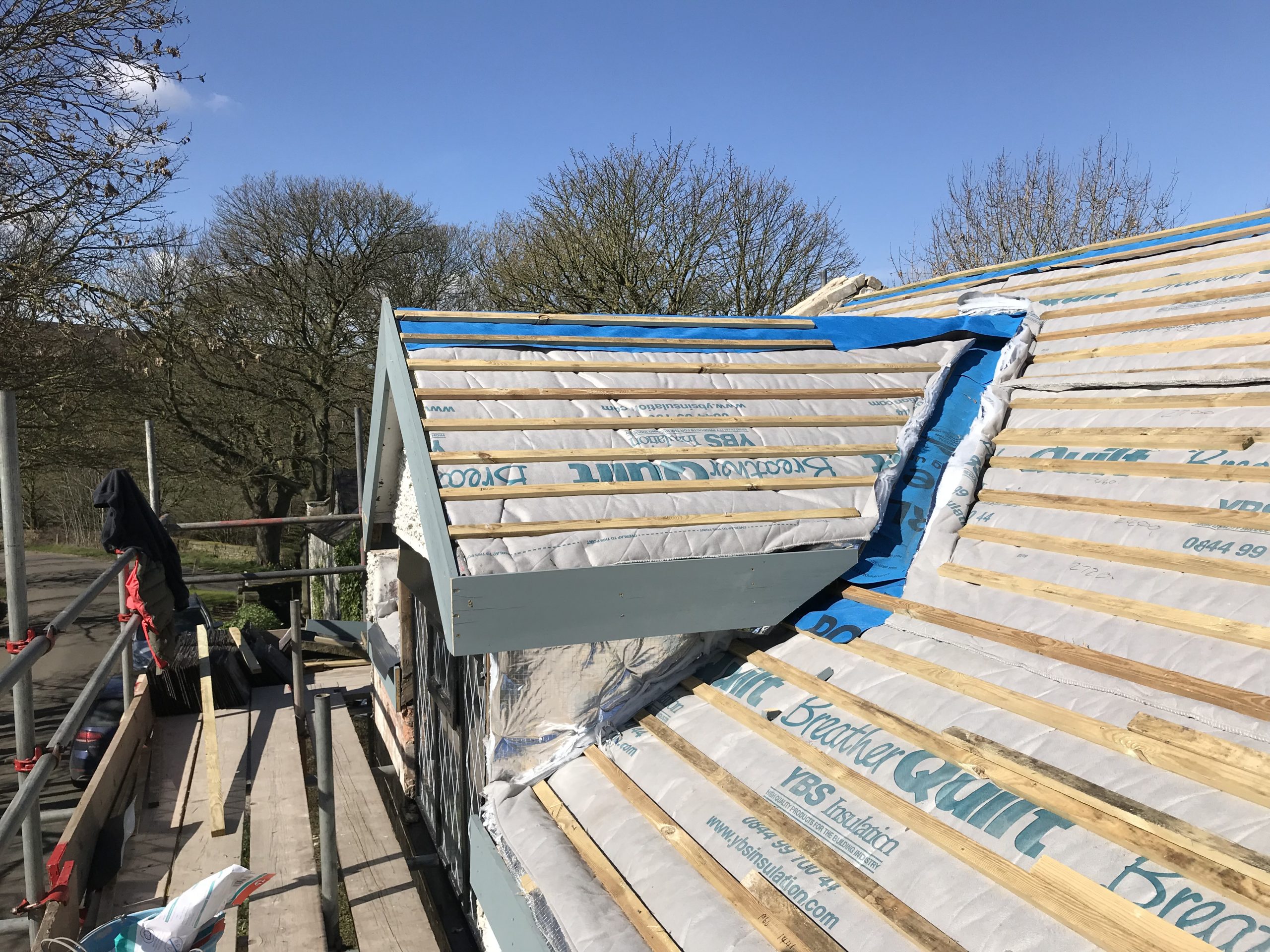Styrofoam insulation, also known as expanded polystyrene (EPS) insulation, has gained popularity in the construction industry due to its excellent thermal insulation properties. However, it is essential to understand the potential disadvantages associated with this material. In this blog post, we will delve into the drawbacks of styrofoam insulation, shedding light on its environmental impact, health concerns, and long-term performance issues.
- Environmental Impact:
Styrofoam insulation poses significant environmental challenges throughout its lifecycle. Firstly, the production process involves the use of fossil fuels, contributing to carbon emissions and climate change. Additionally, styrofoam is non-biodegradable and takes hundreds of years to decompose, leading to long-term waste management issues. Its lightweight nature also makes it prone to wind dispersion, contributing to litter and pollution. - Health Concerns:
The use of styrofoam insulation raises health concerns due to the release of toxic chemicals. During the manufacturing process, the production of styrene, a key component of styrofoam, can result in occupational hazards for workers. Furthermore, when exposed to high temperatures or fire, styrofoam releases hazardous gases, including carbon monoxide and styrene, which can pose risks to human health. - Moisture and Mold Issues:
Styrofoam insulation is susceptible to moisture-related problems, which can lead to mold growth and structural damage. Over time, moisture can penetrate the insulation, compromising its effectiveness and potentially causing health issues for occupants. Mold growth not only affects indoor air quality but also requires costly remediation efforts. - Limited R-Value Retention:
R-value measures the thermal resistance of insulation materials. While styrofoam insulation initially provides high R-values, it tends to lose its insulating properties over time. Factors such as aging, compression, and exposure to moisture can reduce its effectiveness, leading to increased energy consumption and decreased comfort levels in buildings. - Lack of Structural Support:
Styrofoam insulation lacks structural strength, making it unsuitable for load-bearing applications. It cannot bear heavy loads or provide structural support, requiring additional materials or systems to ensure the stability and integrity of the building. This limitation adds complexity and cost to construction projects.
Conclusion:
While styrofoam insulation offers excellent thermal insulation properties, it is crucial to consider its disadvantages. The environmental impact, health concerns, moisture-related issues, limited R-value retention, and lack of structural support highlight the drawbacks associated with this insulation material. As the construction industry seeks sustainable and healthier alternatives, it is essential to weigh the pros and cons of styrofoam insulation carefully.


